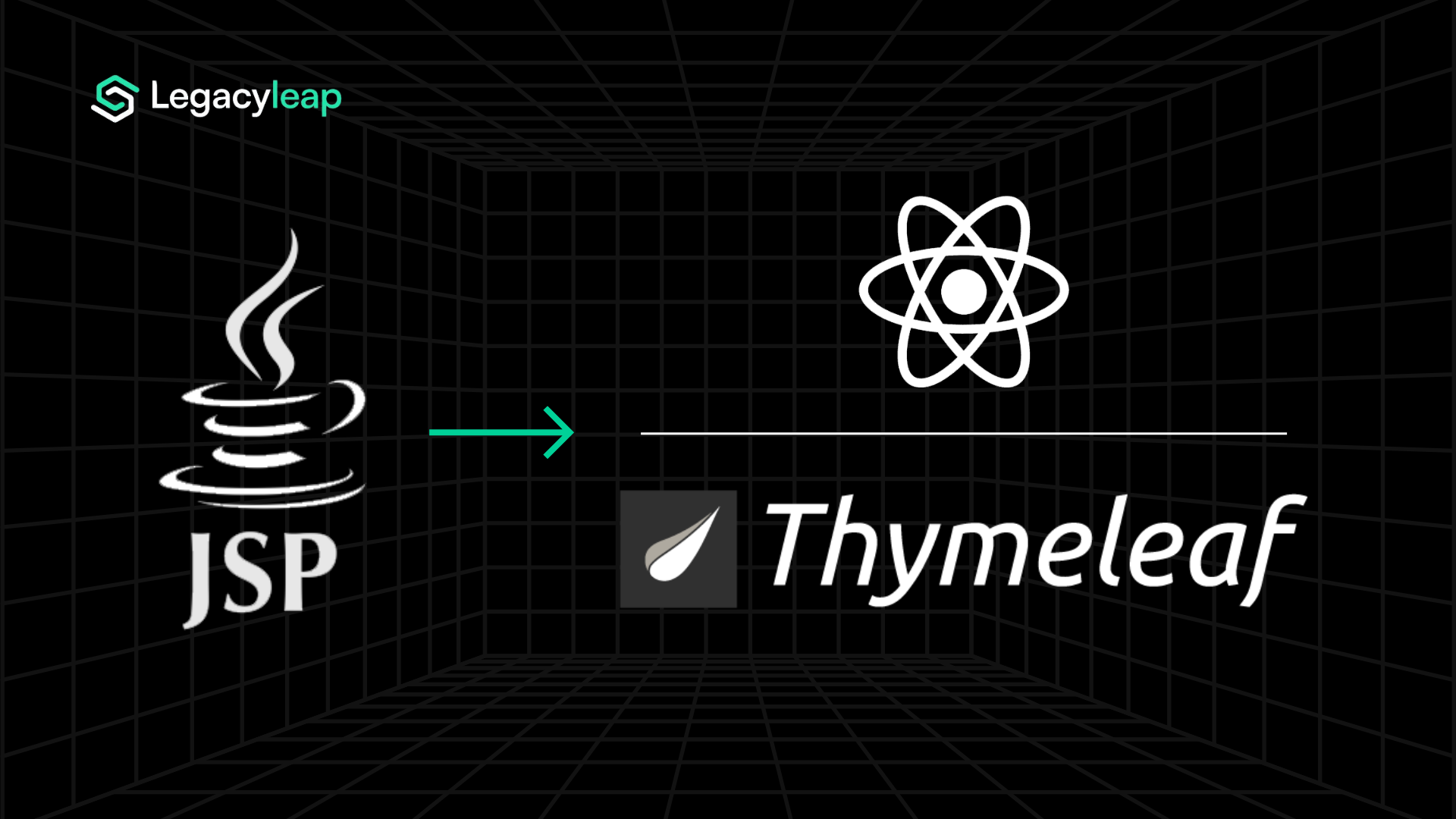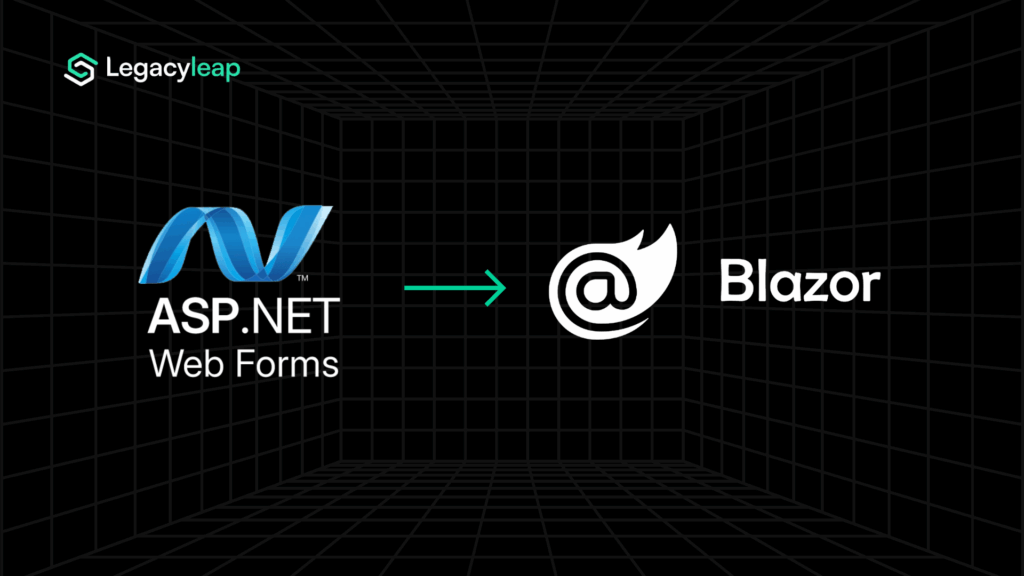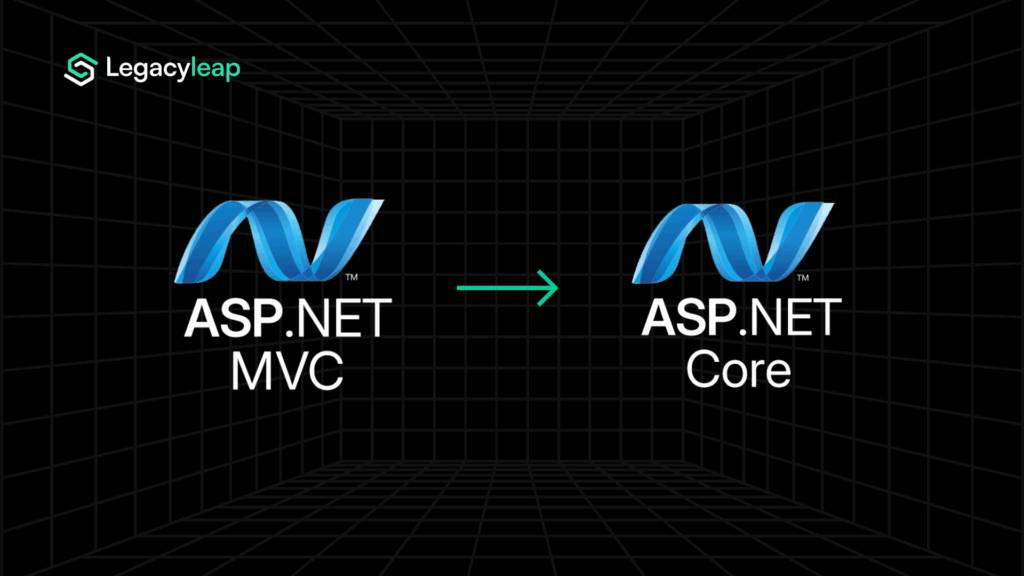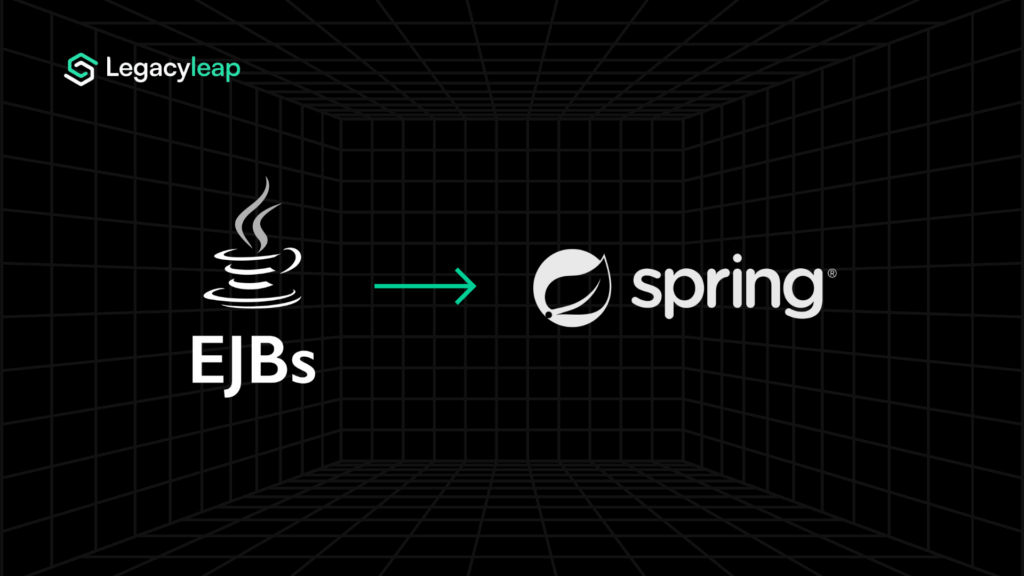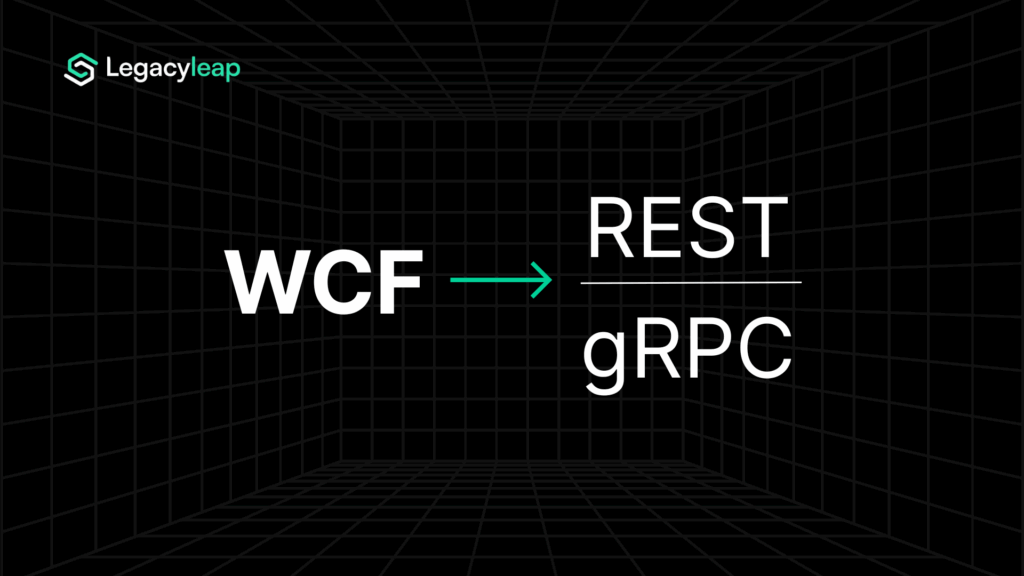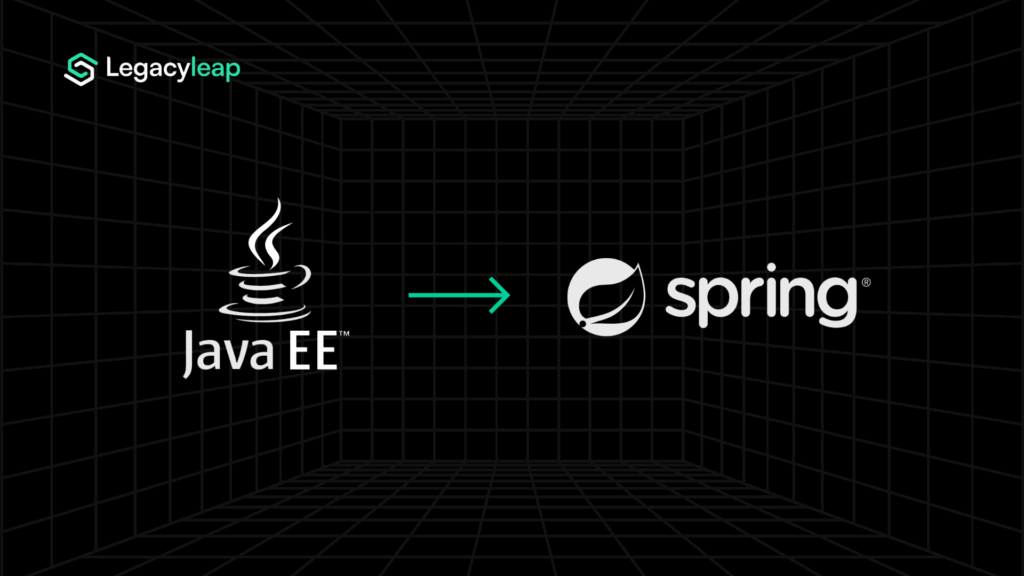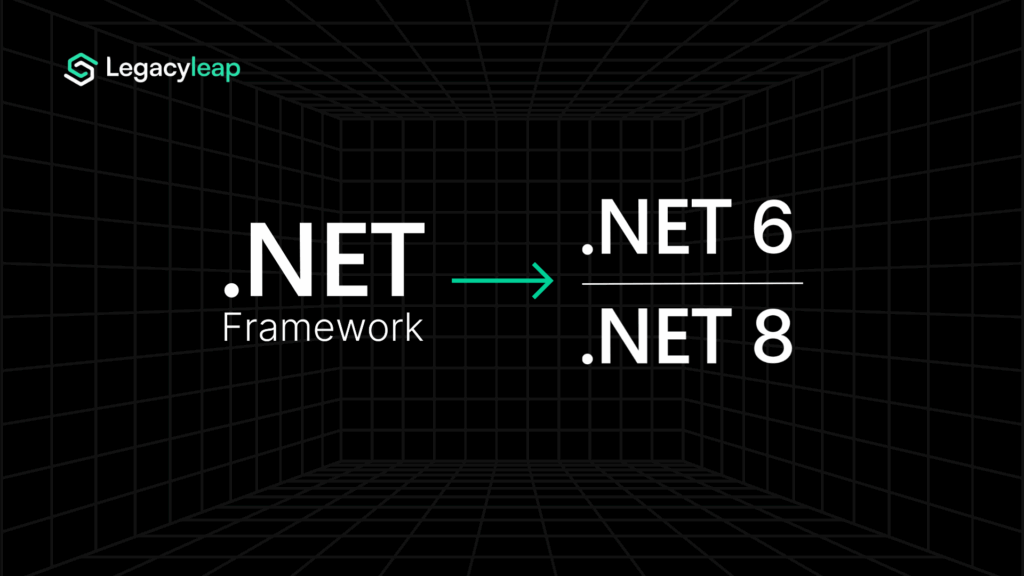Introduction: Why JSP Migration Has Become a 2025 Trigger
JavaServer Pages (JSP) powered enterprise portals for more than two decades, but today they represent a major source of technical drag. JSPs tie UI logic directly to the backend, which limits scalability, slows testing, and creates compliance and security risks.
For technology leaders, the issue is not about a cosmetic UI refresh. It is about structural limits:
- Cloud adoption barriers: Tightly coupled code resists containerization and modern CI/CD pipelines.
- Compliance exposure: Outdated frameworks lack consistent patches and auditability.
- Customer impact: Rigid interfaces slow down delivery of mobile-first and API-driven experiences.
Enterprises in finance, healthcare, and manufacturing now treat JSP migration as the first step in broader modernization.
JSP vs Thymeleaf vs React: What Changes in the Shift
Modern frameworks do more than replace the front end. Thymeleaf and React decouple presentation from business logic, making systems easier to test, maintain, and scale.
| Factor | JSP | Thymeleaf | React |
| Coupling | UI logic bound to backend servlets | Templating engine that fits Spring MVC | API-driven, fully decoupled from backend |
| Cloud readiness | Server-centric, difficult to containerize | Container-friendly with light footprint | Cloud-native, works well in microservices environments |
| Developer velocity | Legacy toolchains with slow iteration | Familiar to Spring developers, quick to adopt | Reusable component ecosystem, strong community support |
| Testing | UI and backend logic intertwined | Supports unit and integration testing | Mature testing frameworks, CI/CD ready |
| Future outlook | Declining support and no roadmap | Backed by Spring ecosystem | Widely adopted for enterprise-scale UIs |
Thymeleaf works well for teams already invested in Spring. React is preferred for enterprises looking at API-first, cross-platform interfaces. Either path removes the structural limits of JSP and prepares applications for long-term evolution.
Also read: A Complete Java Migration Guide for Modernizing Legacy Enterprise Stacks.
Challenges in JSP Migration
Moving away from JSP is not a simple UI refresh. The technical and organizational challenges are often underestimated:
- Tight coupling with backend logic: JSP files often mix presentation with business logic, making it hard to separate what belongs in the UI from what drives core functionality.
- Hidden dependencies: Shared objects, tag libraries, and legacy connectors are rarely documented, leading to breakage when refactoring.
- Skill gaps: Many teams with JSP expertise may not have equivalent experience in modern frameworks such as React.
- Incremental rollout difficulty: Migrating a few JSPs at a time often introduces inconsistencies in look, feel, and data handling across the application.
- Testing gaps: Most legacy JSP systems were not designed with automated test coverage, making parity validation more complex.
Enterprises that attempt “big bang” rewrites typically face delays and regressions, while incremental approaches stall without the right visibility into dependencies.
Why Gen AI Changes the Migration Playbook
Gen AI provides the scale and accuracy that JSP migrations have historically lacked. Instead of relying solely on manual discovery and refactoring, AI augments the process with speed and repeatability:
- Code comprehension: AI scans thousands of JSP files, mapping dependencies and highlighting backend calls tied to presentation logic.
- Boundary detection: natural service boundaries are suggested, clarifying which modules can be moved to Thymeleaf or React first.
- Automated translation: UI logic is restructured into Thymeleaf templates or React components, while ensuring backend calls remain consistent.
- Regression testing: AI auto-generates test cases based on the original JSP behavior, creating a baseline for parity validation.
- Deployment support: rollout scripts and configuration artifacts are generated to reduce manual setup effort.
With these capabilities, migration cycles shorten significantly and the risk of functional drift drops, giving enterprises confidence that moving from JSP to Thymeleaf or React can be done in controlled stages.
Also read: How Can Gen AI Drive Every Step of Your Modernization Journey?
How Legacyleap Uses Gen AI to Help With JSP Migration
At Legacyleap, JSP migrations are not treated as isolated UI projects. They are executed as part of a structured modernization journey with Gen AI at the core and human oversight as the safeguard.
- Comprehend before migration: Legacyleap’s compiler-grade engine parses thousands of JSPs and associated backend calls, building a dependency graph that surfaces hidden connections. This eliminates the blind spots that typically derail JSP-to-React or JSP-to-Thymeleaf efforts.
- AI-accelerated code transformation: UI logic is restructured into modern frameworks with AI assistance. React components or Thymeleaf templates are generated in bulk, while backend interactions are preserved. This reduces manual effort by 60–70% and creates consistency across modules.
- Automated parity validation: Functional parity is not left to chance. Legacyleap auto-generates regression tests against the original JSP flows, ensuring that migrated screens behave exactly as before. This is critical for industries where compliance and customer trust cannot be compromised.
- Phased rollout with safety nets: Enterprises often cannot afford downtime in customer-facing portals. Legacyleap supports incremental migration, deploying new UIs alongside JSPs with rollback paths and monitoring baked in. AI-generated deployment scripts accelerate configuration while keeping recovery options available.
- Governance and human-in-the-loop oversight: AI is powerful, but not infallible. Legacyleap combines automation with middleware governance and human checkpoints. Every transformation is reviewed, approved, and auditable. This hybrid approach addresses compliance concerns and ensures accountability across the lifecycle.
Enterprise outcomes
- Migration timelines reduced from years to months.
- 40–50% cost savings compared to manual rewrite.
- Zero-downtime rollouts validated by regression testing.
- Scalable foundation for cloud-native and API-first applications.
For CIOs and CTOs, the value lies not just in leaving JSP behind but in building a modernization process that is measurable, repeatable, and aligned with enterprise priorities.
Conclusion: A Verified Path to Modern Java UIs
JSP has served its purpose, but in 2025, it creates more constraints than value. Migrating to Thymeleaf or React is no longer a matter of developer preference but a business decision tied to compliance, scalability, and customer experience.
The challenge lies in execution. Manual rewrites are slow, risky, and error-prone. Ad-hoc fixes only add new layers of technical debt. The safe path forward is a structured roadmap where Gen AI accelerates analysis, refactoring, and testing, while human oversight ensures accuracy and compliance.
Legacyleap brings this model to enterprises: compiler-grade parsing, AI-assisted transformation, parity validation, and governance that guarantees predictability. The outcome is not just migration away from JSP, but a foundation that supports cloud adoption, agile releases, and long-term application resilience.
Start with a $0 Assessment to see your JSP dependencies, migration feasibility, and a safe modernization plan for your UI stack.
FAQs
Incremental migration is possible. Many enterprises start by moving customer-facing JSPs into React or Thymeleaf while leaving back-office modules in place. Legacyleap supports hybrid deployments with rollback safety nets to manage this transition.
AI automates code comprehension, boundary detection, and UI refactoring, which cuts manual effort by up to 70%. It also generates regression tests that validate functional parity, making migration safer and faster.
The most common risks are hidden dependencies, inconsistent user experience during rollout, and compliance gaps. Legacyleap mitigates these with dependency graphs, parity testing, and governance middleware to ensure accuracy at scale.
Thymeleaf fits best for enterprises already invested in Spring ecosystems and seeking a smoother migration. React is suited for organizations that prioritize API-first, cross-platform delivery. The choice depends on team skills, architecture goals, and integration requirements.
Key metrics include reduced operational cost, shorter release cycles, improved defect detection through automated tests, and enhanced end-user satisfaction from modern UIs. Legacyleap also tracks ROI in terms of cycle time reduction and compliance readiness.


